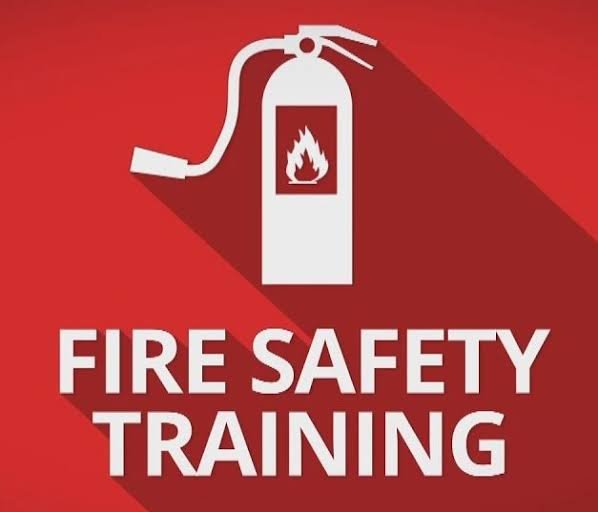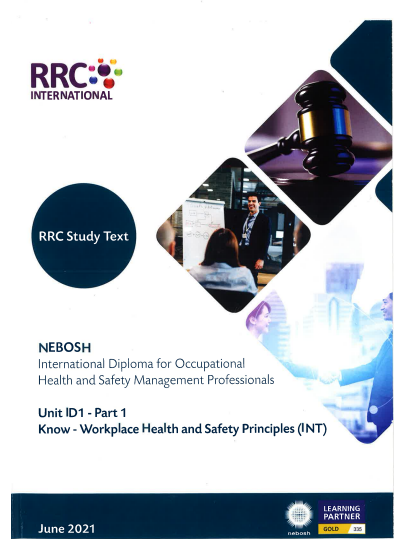

The Rana Plaza incident due to safety failure, which took place on April 24, 2013, in Dhaka, Bangladesh, stands as one of the deadliest industrial disasters in history. An eight-story commercial building, Rana Plaza housed several garment factories that produced clothes for major global brands. Tragically, the building collapsed, trapping thousands of workers inside.
- Why: The building collapsed because it was poorly built, safety rules were not followed, and management ignored workers’ safety concerns. Workers had told their bosses about cracks in the building but were still told to go back to work.
- Loss: The disaster claimed over 1,100 lives and left more than 2,500 people injured, many with permanent disabilities. Entire families were torn apart, and survivors were left to deal with physical and emotional scars..
- Lessons Learned: This tragedy showed how important it is to focus on safety and workers’ rights in factories. It made it clear that building rules and safety regulations must be followed.
- Can It Be Prevented: Yes, we can prevent such accidents by having strict safety rules, regular inspections, and listening to workers when they raise safety concerns. Creating a strong safety system is essential to protect workers and avoid future disasters.
The Rana Plaza collapse serves as a lasting reminder of the human cost of neglecting workplace safety and the responsibility industries and governments have to protect their workers.





This Post Has One Comment
Your writing has a way of resonating with me on a deep level. I appreciate the honesty and authenticity you bring to every post. Thank you for sharing your journey with us.